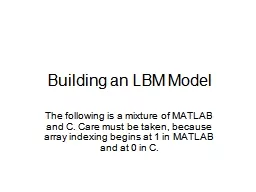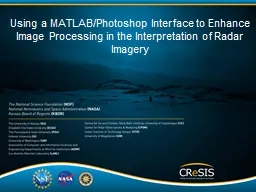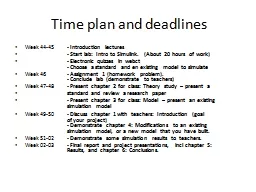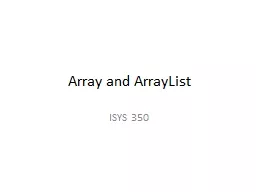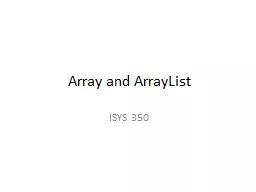PPT-Building an LBM Model The following is a mixture of MATLAB and C. Care must be taken,
Author : marina-yarberry | Published Date : 2018-02-24
Define velocity vectors In MATLAB can write ex0 10 ex1 11 etc 0 1 2 3 4 5 6 7 8 D2Q9 e 1 e 2 e 3 e 4 e 5 e 6 e 7 e 8
Presentation Embed Code
Download Presentation
Download Presentation The PPT/PDF document "Building an LBM Model The following is a..." is the property of its rightful owner. Permission is granted to download and print the materials on this website for personal, non-commercial use only, and to display it on your personal computer provided you do not modify the materials and that you retain all copyright notices contained in the materials. By downloading content from our website, you accept the terms of this agreement.
Building an LBM Model The following is a mixture of MATLAB and C. Care must be taken,: Transcript
Download Rules Of Document
"Building an LBM Model The following is a mixture of MATLAB and C. Care must be taken,"The content belongs to its owner. You may download and print it for personal use, without modification, and keep all copyright notices. By downloading, you agree to these terms.
Related Documents

